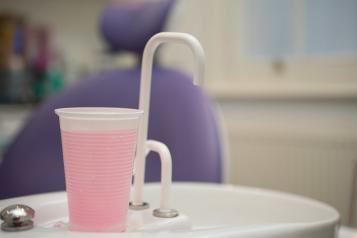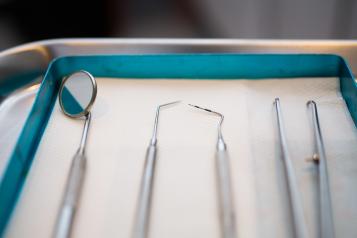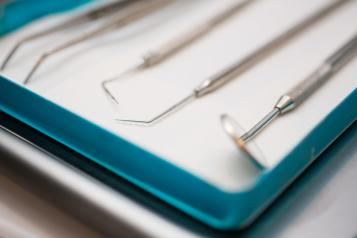Parts of England have one NHS dentist for thousands of people, data shows

In North Lincolnshire, there were just 54 NHS dentists – equivalent to one for every 3,199 people – at the end of March, NHS Digital figures show. This means every NHS dentist in the area would have to work nine-hour days every working day of the year without holidays for each resident to receive one annual checkup on the NHS.
Other so-called dental deserts include the East Riding of Yorkshire (one NHS dentist for 2,907 residents), Lincolnshire (one for 2,546), Norfolk and Waveney (one for 2,519), Ipswich and East Suffolk (one for 2,302), and Northamptonshire (one for 2,250).
Across England, 24,272 dentists treated some NHS patients in the year to 31 March – up 2.3% from the previous year, broadly in keeping with the general population increase in the same period, but lower than pre-pandemic figures for the three previous years.
Just 44.8% of children were seen in the year to the end of March, rising to 46.2% in the year to June, despite there being no restrictions on dental surgeries treating patients. That is far below the 58.7% of children seen in the last full year before the pandemic.
The statistics for adults are complicated by the fact that they cover a two-year period, including between 25 March and 8 June when dental surgeries were closed countrywide due to Covid-19.
Just over a third of adults (34%) accessed NHS dental care in the two years to 31 March across England. It has since climbed to 36% in the two years to June but remains well below the pre-pandemic level of 50%.
Despite an overall slight increase in the number of NHS dentists, the ratio of dentists to patients is falling in some areas. In Ipswich and East Suffolk the number of NHS dentists fell by 15.6%. North Cumbria recorded a 6.3% fall, while in the East Riding of Yorkshire numbers decreased by 6%.
The lack of NHS dentists in some areas means very few patients are being seen. In Thurrock – an area in Essex with just one NHS dentist for every 2,222 people – just over a quarter of adults (26.9%) had been seen in the last two years compared with a third of all English residents, the lowest rate in the country.
The chair of the British Dental Association, Eddie Crouch, said the service was “on its last legs” and the figures underlined the need for radical and urgent change. It is estimated it would take an extra £880m a year in funding to restore resources to 2010 levels.
“The government will be fooling itself and millions of patients if it attempts to put a gloss on these figures,” said Crouch. “NHS dentistry is light years away from where it needs to be. Unless ministers step up and deliver much-needed reform and decent funding, this will remain the new normal.”
A receptionist at a dental practice in North Lincolnshire told the Guardian its NHS waiting list had already exceeded 3,000 patients. She predicted it would take “a couple of years minimum” to work through and said that for every new NHS patient the practice takes on, it is adding another 100 people to the waiting list.
Louise Ansari, national director of the NHS watchdog Healthwatch England, said: “The data confirms what people have been saying to us for over two years. Many people can’t get an NHS dentist appointment. As a result, they’re in pain, they’re anxious, some can’t eat or speak properly.”
The NHS said that although practices started to reopen from June 2020, increased time between treatments and reduced minimum thresholds for NHS dental activity may have resulted in not all dentists returning to primary care.


